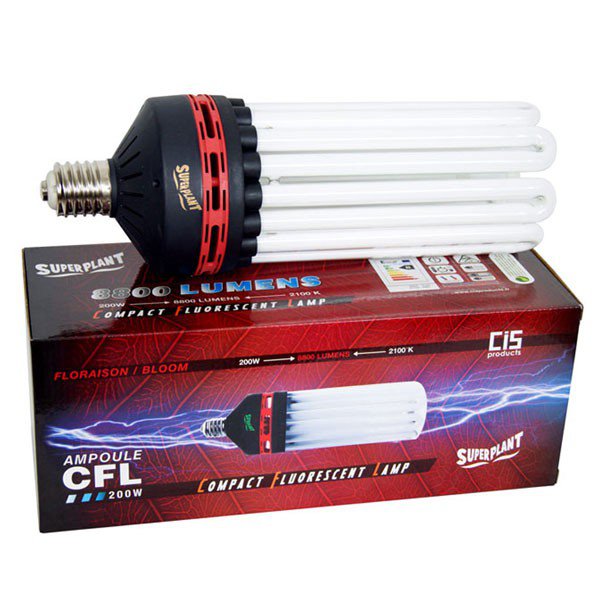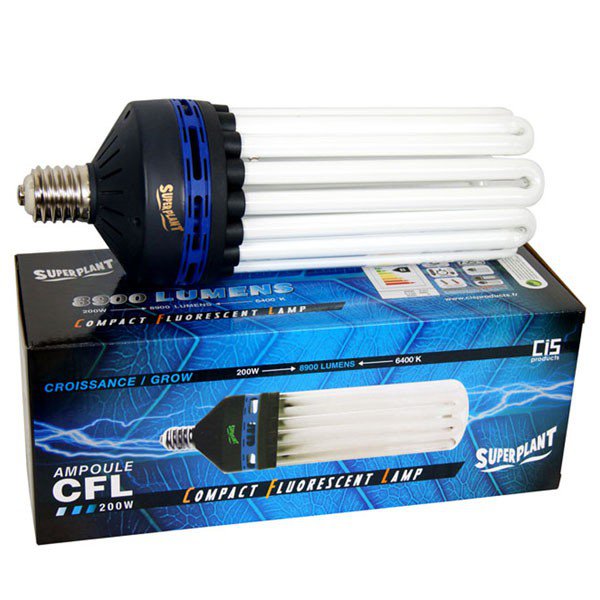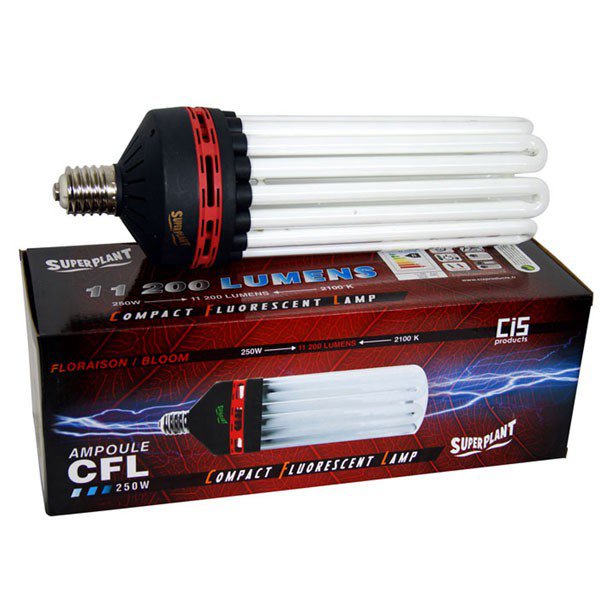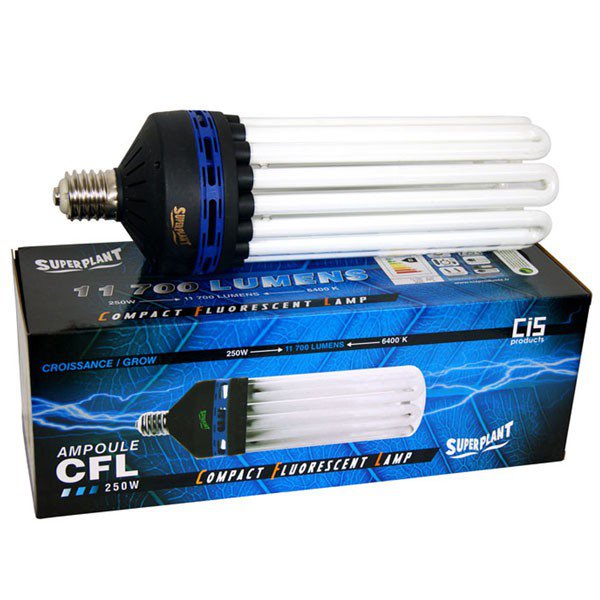Find out all you need to know about CFL (Compact Fluorescent Light) bulbs in this comprehensive guide. CFL bulbs are energy-efficient and versatile lighting solutions, widely used in homes, offices and commercial facilities. In this article, we explain in detail how CFL bulbs work, their benefits, and their various uses.

How CFL bulbs work
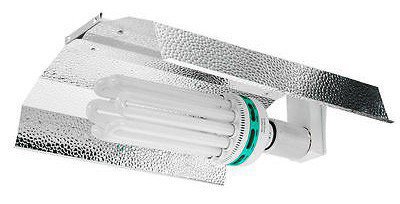 | CFL bulbs usefluorescent lighting technology to produce light. They consist of a spiral or U-shaped fluorescent tube and an integrated electronic ballast that regulates the electric current to light and power the tube. |
CFL stands for Compact Fluorescent Lamps. Also known as energy-saving bulbs or eco-lamps, CFLs offer an efficient, energy-saving horticultural spectrum. They are ideal for growing plants, managing seedlings, cuttings and mother plants, and for flowering in certain configurations.
For example, in small spaces, or where the total budget for indoor cultivation is limited, and it is therefore necessary to limit investment, particularly in climatic management, CFLs are particularly useful.
On growshops.co.uk, CFLs are available in a wide range of wattages: 23W, 65W, 125W, 200W, 250W and 300W.
Find Europe's most popular CFL brands at the best prices on the web on your favorite site, Growshops.fr like CFL or eco lamps, distributed by Advanced StarsuperPlant, CIS Products, Sylvania..
Benefits and uses of CFL bulbs
CFL bulbs offer a number of benefits, including reduced energy consumption compared with traditional incandescent bulbs, longer life and lower long-term energy costs.
If the modern grower's aim is to keep power consumption down, CFLs are an excellent horticultural lighting technology with interesting covering powers. On average, CFLsconsume 30% less power than the light output actually delivered to the plants. This makes CFLs a good alternative to energy-hungry HPS or MH lamp kits. Unlike HPS or MH lamp kits, CFLs require no external ballast.
The entire technical side of the CFL is located in its base, where most models feature an E40 base (from 65 W and above), or an E27 base for low CFL intensities (for CFL 23 W).
CFLs make installation and maintenance easier and more reassuring. With this in mind, growshops.fr offers a range of CFL reflectors, distributed by CIS Products, already equipped with their own power cable, fitted with an E40 socket and specifically developed to accommodate CFL bulbs.
Some of these same reflectors have a reinforced structure to properly accommodate bulky CFL lamps (over 200 W).
Specific horticultural benefits of CFLs
In fact, CFLs provide a totally effective spectrum for plant photosynthesis, known as 100% P.A.R. (Photosynthetic Activ Radiations).
Measured in degrees Kelvin (K), CFL color temperatures are available in various spectra:
- specially calibrated for growth (6,400 K and 6,500 K),
- specially calibrated for flowering (2,100 K and 2,700 K)
- and mixed spectrums that cover both growing stages, represented by Duals (6,400 K and 2,100 K) and Purples (25,000 K).

In addition to being energy-efficient, CFLs offer better climate control in that the heat they give off remains very measured, thus limiting the evapo-transpiration phenomenon suffered by plants exposed to horticultural light flows.
Note that this process accelerates above 27°C...
Conclusion
All in all, CFL technology is an excellent option for functional indoor cultivation, with low energy consumption and low purchase costs.
Generating little heat, CFLs allow for less expensive and less noisy climate management, since the extractors, air introducers and fans to be installed are consequently not very fast and inexpensive.
Don't forget to browse through our catalog to discover a wide selection of high-quality CFL bulbs for all your lighting needs.

